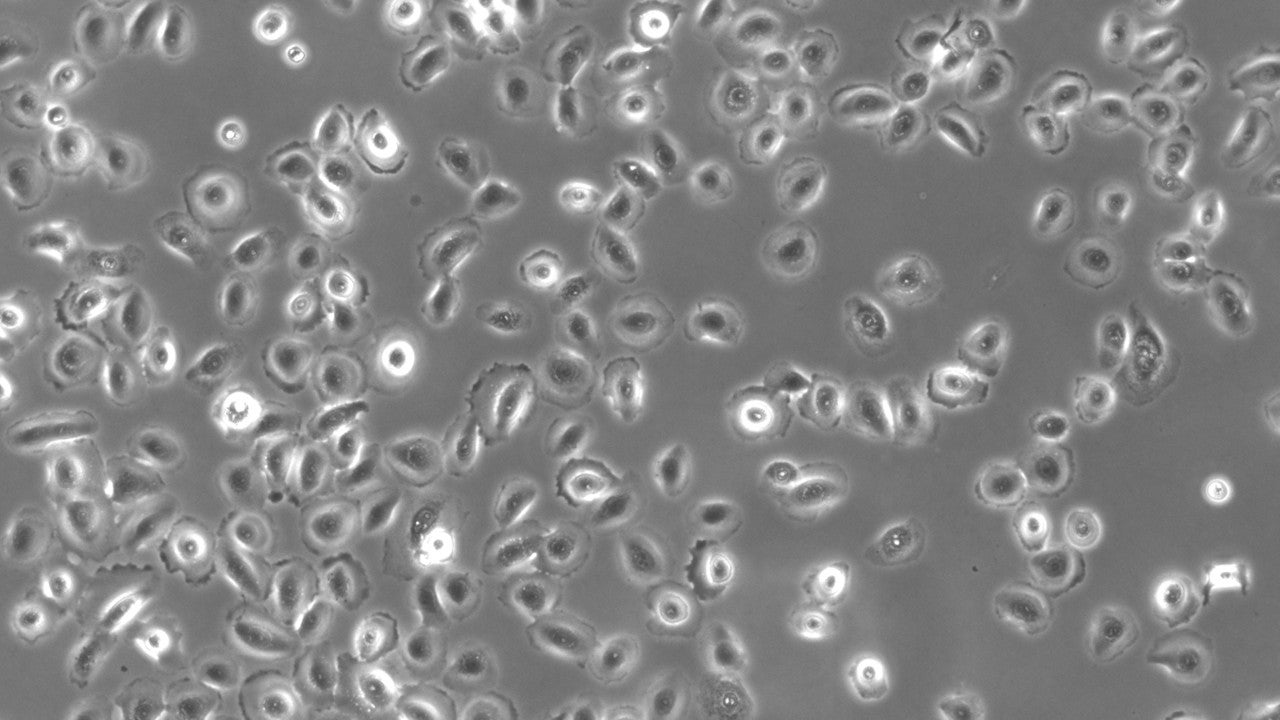
Xenobiotic chemicals and pollutants enter the environment through a variety of pathways, leading to potential contamination of aquatic, terrestrial, and atmospheric environments. Along with legacy pollution, new xenobiotics are being identified as potential health risks as toxicological data and detection methods improve. Although many measures have been put in place to limit the spread of toxic chemicals, they are often imperfect and may not cover emerging pollutants. Additionally, accidental or intentional spills and leaks can circumvent safety measures, leading to increased environmental contamination. When uncontained, these xenobiotics can cause health burdens to exposed humans, affecting quality of life and health outcomes. Therefore, to adequately address their health burdens, more research is needed to understand how these pollutants are absorbed, accumulate, exert a toxic effect in humans.
To accurately assess the risks associated with xenobiotics, it is critical to understand how they are transported within and removed from the body. Along with all other organisms, humans have evolved cellular defense mechanisms to protect against xenobiotic exposure, called the “defensome.” The defensome is comprised of a complex array of biological processes depending on the physicochemical characteristics of the xenobiotic as well as the composition of the affected tissue(s). An important component of the defensome is metabolism, which impacts how a pollutant is distributed within the body and is usually needed to allow for its excretion. Although many enzymes play a role in xenobiotic metabolism, cytochrome P450 (CYP) enzymes are responsible for a large part of it. Beyond metabolism, efflux transporters are critical for defensome function because they allow for the removal of xenobiotics and their metabolites. Of particular importance are multidrug resistance (MDR) or multixenobiotic resistance (MXR) transporters, of which ATP-Binding Cassette (ABC) transporters are a widely expressed example. Although many xenobiotics are substrates for these transporters, some can inhibit them, leading to the build-up of toxins.
Our lab seeks to understand how legacy and emerging pollutants interact with these crucial cellular defense systems to help predict and mitigate toxic chemical bioaccumulation in humans. Another interest of our lab is to understand the mechanisms of cellular stress and cytotoxicity induced by these pollutants to better characterize their associated risks.
Our ongoing research projects are:
- Project 1, Pollutant-Adsorbed Nanoplastics (PANs): In this project, we aim to characterize the uptake and cytotoxicity of inhaled nanoplastics (NPs) and their adsorbed pollutants. Aerosolized nanoplastics are an emerging pollutant of concern, whose associated risks have yet to be well characterized. In particular, more information is needed on the synergistic effects of pollution adsorption on NP-induced health burdens. The overall goal is therefore to identify the mechanisms of toxicity and absorption of PANs in the respiratory tract and alveoli and compare them to those induced by unloaded NPs and free pollutants.
Future Directions:
- Biodistribution and efflux of atmospheric PANs: Once pulmonary health risks of aerosolized PANs have been characterized, we seek to understand how PANs are distributed in the body to assess risks posed to other organs. In particular, we are interested in neurological impacts of PANs that cross the blood-brain-barrier. Additionally, we aim to characterize how PANs interact with efflux transporters and other excretion mechanisms.